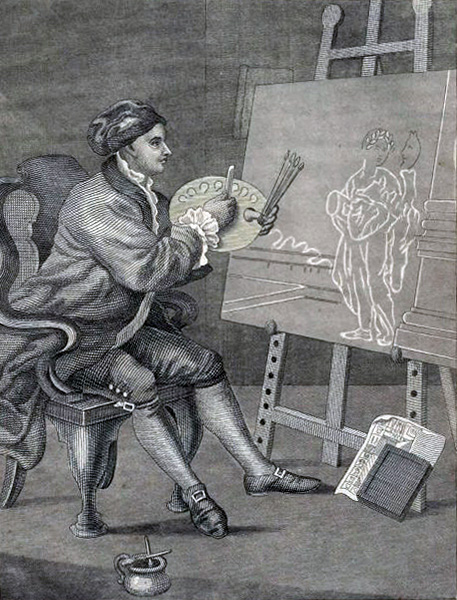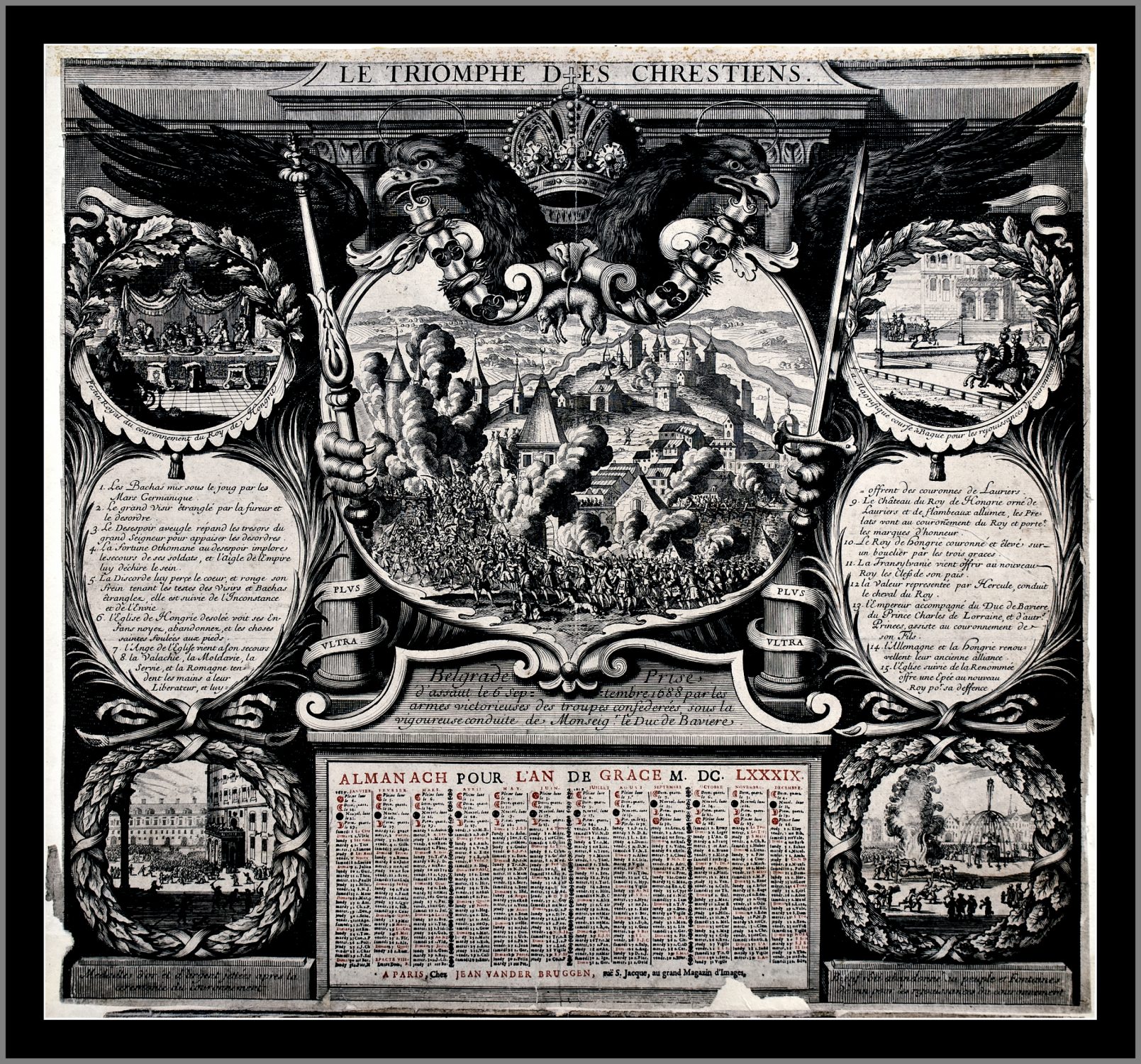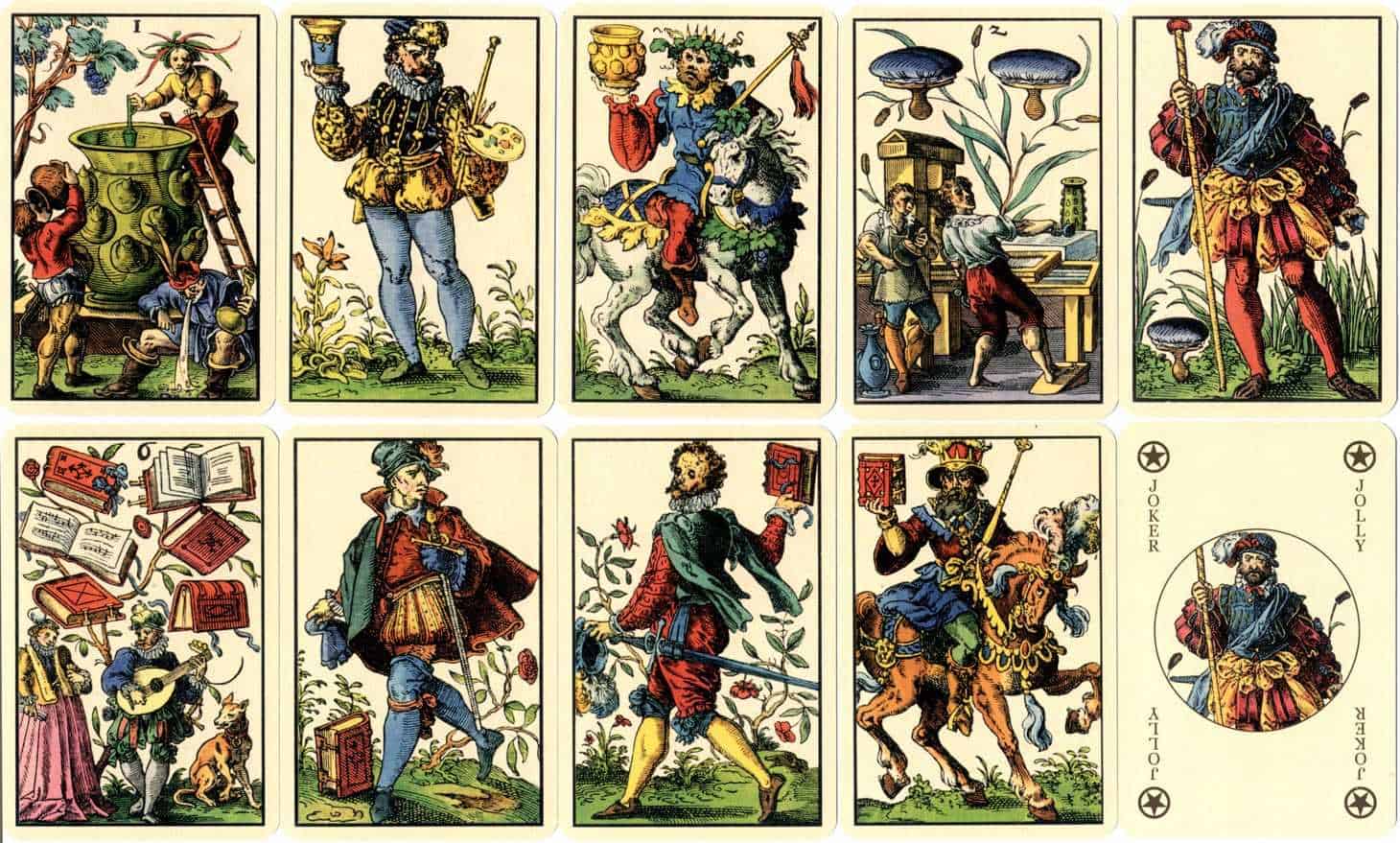
Blog
William Hogarth – Satire Between the Lines

William Hogarth – Satire Between the Lines
The 18th century was the great age of satire, which especially flourished on England’s literary scene. However, what many of his contemporaries achieved in literary satire, William Hogarth with equal mastery transposed to visual arts. Thus, he gave rise to what will later become the satirical comic strip.
Middle-Class Morality
It was no wonder Hogarth was respected by great satirical authors of his time, such as Fielding and Swift. He has, with the same virtuosity, succeeded in portraying the modern moral subjects particular to England of the time. A great example is this is his depiction of the “gin craze”, an early 18th century epidemic of binge drinking symptomatic of the middle class.
While portraying the middle class in less than favorable light, Hogarth still does so sympathetically. His intent was to promote middle-class morality, so his critique served as a cautionary tale rather than a reflection of his opinions on the middle-class. This was not the case with the upper class, which he severely mocked. This he did in an early form of comic strips he named “progresses”, a series of prints telling a narrative, usually of moral decline.
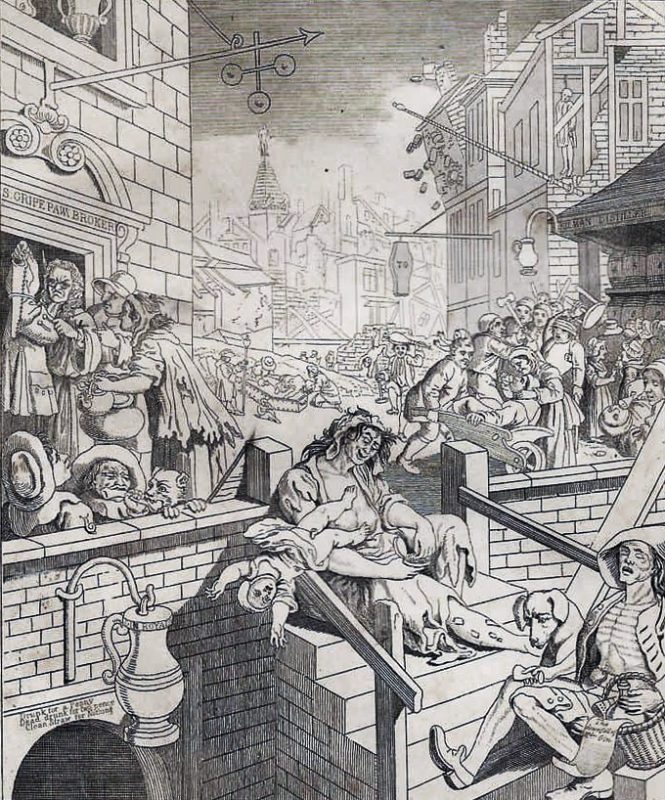
“Gin Lane” by William Hogarth, representing the debauchery during the “gin craze” in 18th century Britain.
The Devil is in the Detail
While it may seem as though his satire is directed toward the middle-class, the actual target of his criticism is much more subtle. The real devil is in the details, and it is in that that Hogarth shows his true artistic talent. His two famous works “Marriage A-la-Mode ” and “A Rake’s Progress”, in a series of images, depict a narrative of moral descent. However, a closer look at the details reveals that the satire is directed at capitalist society’s mercantile and materialistic mentality.
Through subtle hints, Hogarth shows the upper class as motivated purely by material interest. So, young men marry old women, in the hopes of inheriting their wealth, and continue the marriage in adultery. One should read the motives in the painting as he would in a literary work. For example, in “The Rake’s Progress”, we can only follow the motive of the wig. It alone tells us the story of the young man’s descent into debauchery and, finally, madness. The scenes are dynamic, and every element serves to tell a story.
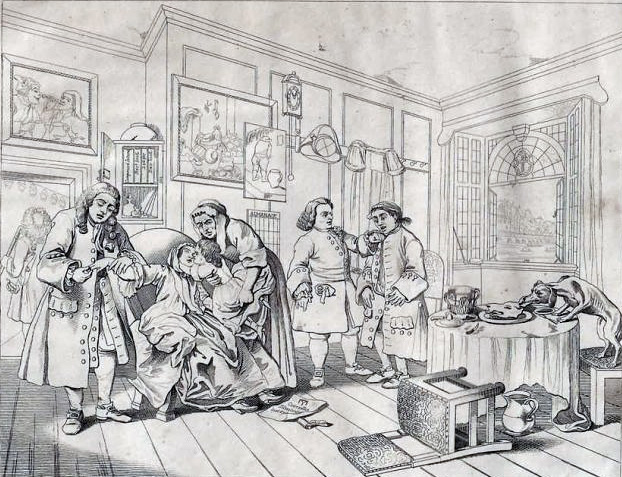
Lithograph 6 from the “Marriage A-la-mode” series by William Hogarth. The print shows a father taking off the ring of his dead daughter’s hand, criticizing the merciless materialism of the upper class.
Engravings over Paintings
The purpose of satirical art is not the artistic value itself, but the message. Of course, the artistic appeal is what helps spread this message to a wider audience – which is the goal of any political commentary. While engravings are undoubtedly easier to reproduce than paintings, there is another reason Hogarth chose this medium for his satire.
What really distinguishes engravings is the beautiful and precise line art. While it brings them closer to cartoons, it also retains a certain seriousness, evoking the appeal to the authority of great masters. Nevertheless, it is no coincidence that engravings would play such a part in satire. It is precisely due to the reasons mentioned that engravings should gain such popularity. Namely, the line naturally exaggerates the details, expressions, and gestures. The lines are also clearer than brush strokes. They are thus easier to discern in a smaller format required for mass distribution. Just like contemporary cartoonists, Hogarth wanted to extend his reach by making his work accessible to all in terms of price. This is why it is not unusual to find many of his, and other works of his time, reproduced as lithographs and distributed widely through books and other media.
Undoubtedly, Hogarth pushed the boundaries of satire, proving that the subtle art of engraving requires reading between the lines!

